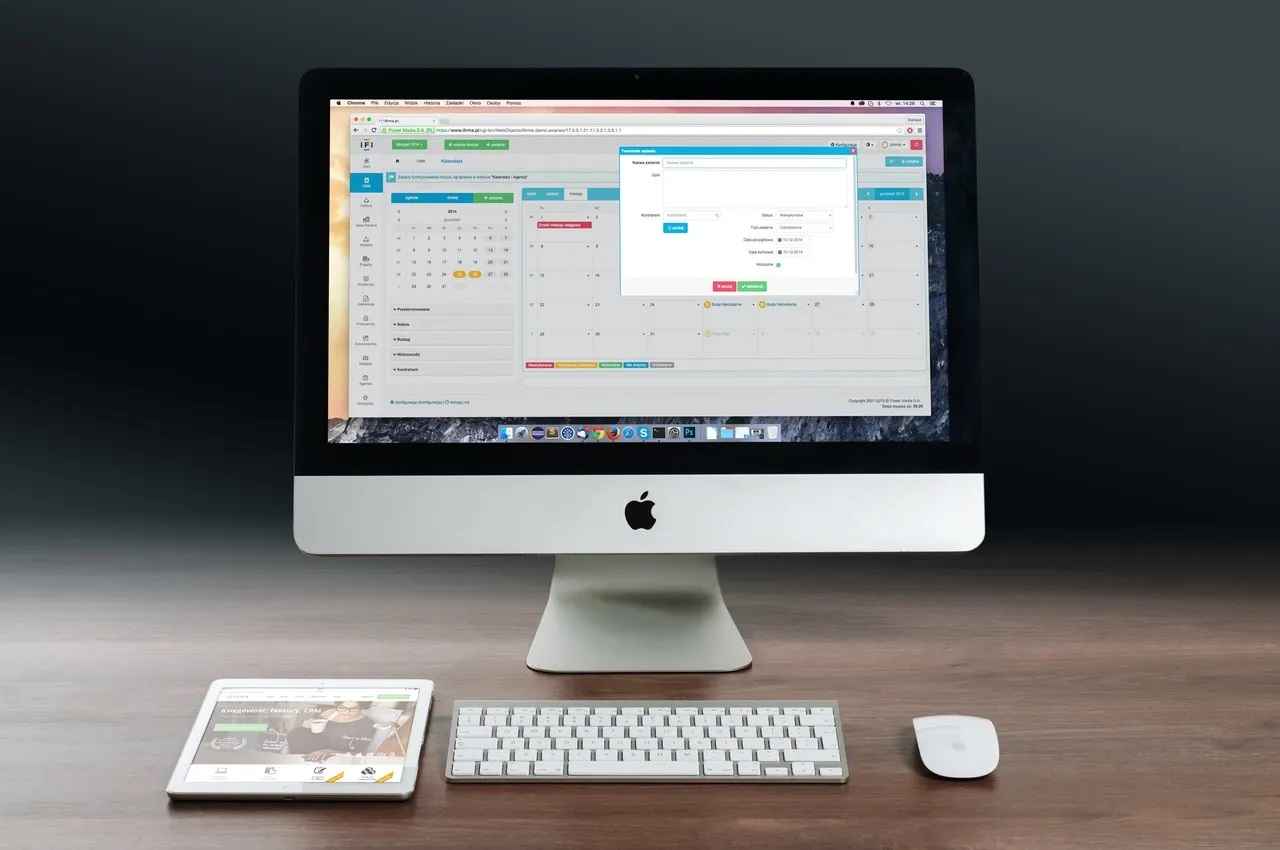
With digitalization, consumers received new ways of shopping. The advent of technology adoption in retail has created the foundation for online shopping.
Customers can compare different products and prices to look for the best purchasing option. On the retailer’s side, price comparison software is a viable tool for determining the most attractive price.
When tapping into technological price-based advances in retail, you need to compare software prices. Choosing the best tool increases the chances of getting the instrument’s benefits.
Keeping that in mind, let’s explore the notion of price comparison software in greater detail, discover how you can effectively work, and choose one.
Table of Contents
Price comparison software is a technological tool allowing users to search for competitor prices, compare them, and offer in-depth insights into a company’s pricing strategy.
In most cases, the price comparison tool is rooted in factors like processing speed, data accuracy, and platform functionality. As a result, with the help of technology, you can process vast amounts of data and market-related factors to devise the best pricing strategies.
Often, retailers use different variations of price comparison software to choose between pricing strategies that boost profits, bring revenue, and increase sales volumes.
In most cases, businesses prefer market-based pricing and competition-based pricing. These approaches rely on data from competitors and adjust the pricing accordingly.
In best-case scenarios, companies use price intelligence to tap into advanced algorithms and get the most out of what the phenomenon has to offer.
In such a case, when proper conditions are created, price comparison software can mean a difference between the pricing strategy that delivers and the one that does virtually nothing.
First, however, to tap into the technology, you need to know how it functions regardless of the case. Essentially, there are three steps involved:
Often, the first step is all about finding the right source of information. The thing is, not all competitors have an impact on your pricing and business.
The critical aspect is to know what rivals impact your company and which one does not have any effect. Later, the second step is about collecting and processing the relevant data. It can be product images, titles, units of measurement, and different descriptions.
The final step is to verify data and link it to your business objectives and existing pricing model.
Now, you know about how price comparison software works. However, even if you know the functionality factor, the next big thing is to learn how to choose the right price comparison software.
In such a case, when it comes to selecting the right technology, you need to consider these aspects:
Considering the aspects mentioned above is a direct way to select the price comparison software that delivers top-notch results. Keep in mind that the more accurately your search for the instrument, the higher chance of its best quality.
Finally, even when you know how price comparison software works and how to select one, the key question remains – do you need the tool in the first place?
The answer is simple – about 2 billion people worldwide engage in online shopping and are expected to purchase goods and services worth about 2 trillion dollars.
In other words, with online shopping being a massive source of profitability, you just cannot afford not to use price comparison software to get a piece of that pie.
Price comparison software is a frontrunner in e-commerce and online shopping. It helps process vast amounts of data and uses technological advantage to get a competitive edge.
Essentially, later in the game, the companies having the best price comparison tools are the ones presenting the best pricing approaches.
With price comparison software fitting your business needs and pricing strategies, you can boost profits and increase sales.
What is more, the instrument helps understand the competition and automate pricing to meet the ever-changing market conditions. After all, it is apparent that e-commerce companies cannot avoid using some sort of advanced algorithms.
In such a case, price comparison software is a great starting point.
Are you searching for the best place to shop for Indian sarees in London? London…
Small businesses often find it difficult to navigate the UK banking landscape. There are so…
In the complex world of property finance, mortgage advisors are indispensable allies for anyone looking…
In the fast-paced world of the digital age, marketers often search for the next "big…
If you are a newly self-employed entrepreneur or freelancer, then chances are you’ve not even…
Online gaming has evolved into a highly popular and enjoyable form of entertainment, providing the…